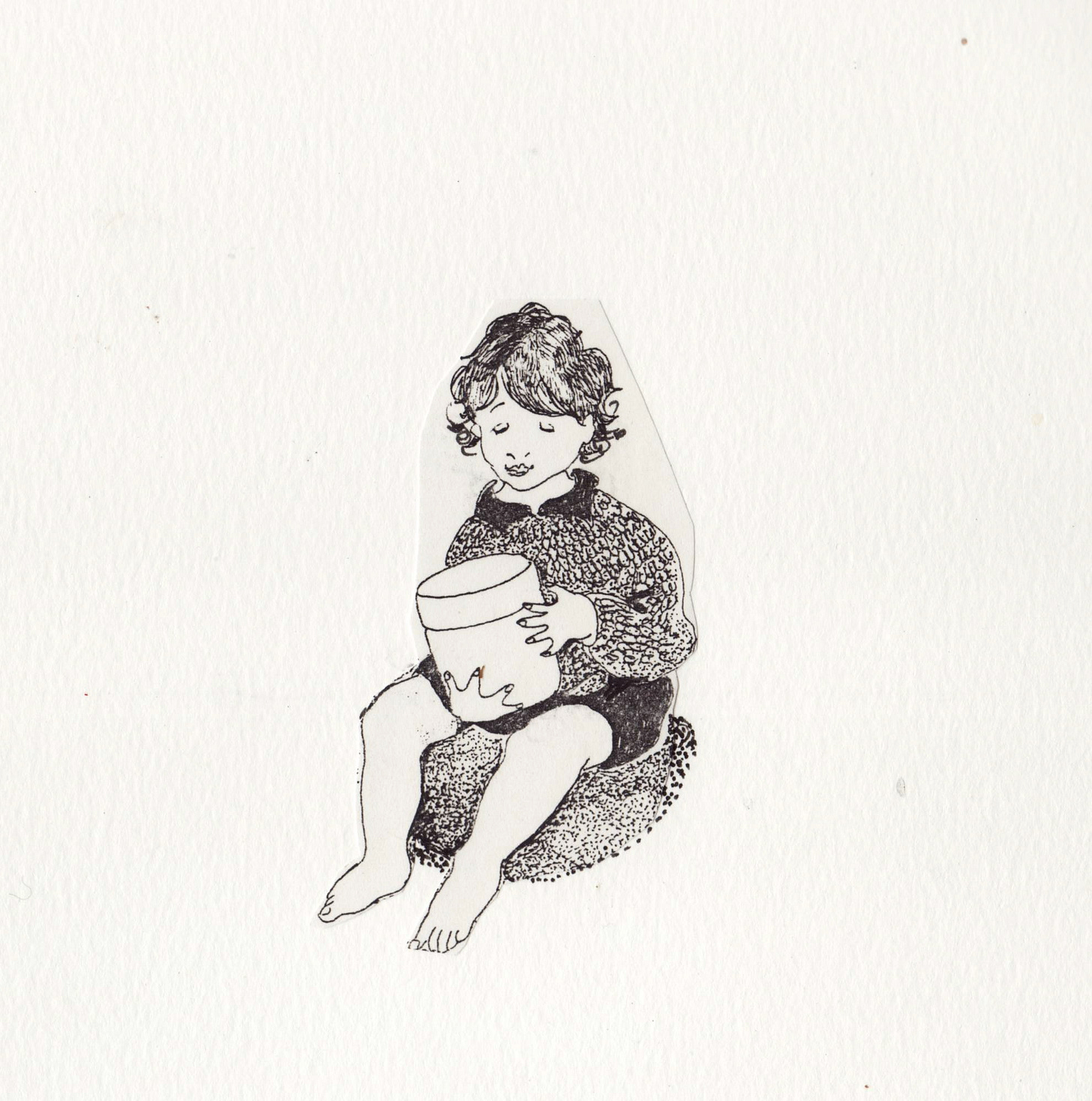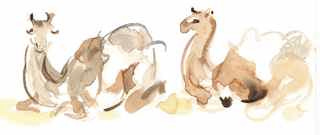January 6th, Twelfth Night, the day when The Three Kings arrived to worship the new-born Jesus in the stable at Bethlehem, is when all good children in the Roman Catholic regions of the Mediterranean (before Santa and his reindeer upset the applecart) receive their presents.
Festivals, particularly in France, demand something delicious in the way of cake - a rich, buttery galette, in which is buried a lucky token - a ceramic bean or a tiny pottery baby - distributed at random so that the token is hidden. Whoever finds the token is crowned King for the day (or Queen, a recent innovation) and can do as he pleases, a privilege previously claimed by drawing lots for choice of women at the festival of Saturnalia. A cake that confers unearned privilege reverses the natural order of things and allows - well - party hats and bad behaviour of a kind not allowed at any other time.
In Italy, midwinter misbehaviour is celebrated by La Befana, the Epiphany Witch, who rides through the sky on a broomstick scaring children, stealing sugar-dusted cookies - biscotti di befana - and distributing presents at random down chimneys. La Befana shares the soot-black garments and conical hat of her Celtic sisters and, like them, she is neither bad nor good but wilful - one of the gang of careless minor gods such as goblins, satyrs, and centaurs that cause trouble on the eves of holy days but vanish at midnight, when the good folk take over.
In Italy - unlike in France where the distribution of the galette is a reason for out-of-order behaviour - Italian children dress up as devils, ghosts and monsters and ring on doorbells demanding tricking-or-treats. While the offer of a biscuit, however delicious, might not get you out of trouble in big cities where the usual currency is money, in Barga, a market town in the hills above Lucca, it was still customory, in 2005, to bake up a batch of biscotti di befana, although those who don’t wish to bake for themselves - it’s fiddly and you need special cutters - can buy them in every bakery in town. Traditional shapes for biscotti di befana are fish, stars, hearts and an elongated oval, the Eye of Fatima, provider of protection from the Evil Eye and bestower of good fortune in the year to come. Three Kings on camels bearing gifts always welcome.
p.s. Beloved paid subscribers will shortly (before midnight) be in receipt of Maria Gianetta of Barga’s recipe for Biscotti de Befana. Don’t open the door to strangers without them. You have been warned.










Thanks for this! I'm looking forward to the recipe for befana biscotti. In all my decades in Italy I have watched La Befana fade into the night sky while Christmas itself, a true northern Christmas, with sparkly lights and trees and Santas rewarding human greed, has taken over. Also in Spain, I believe, and quite possibly elsewhere too. (A Christmas tree in Chennai/Madras 20 years ago was a revelation, though my hosts assured me it was an ancient tradition.) I have comforted myself with the thought that human cultures are constantly expanding, colliding, assimilating, melting into one another, but still. . . part of me regrets to see Christmas commerce invading hitherto more private spaces.
Your gallette illustrations are stunning! I also wrote about the beloved befana hag in Italy. Buon epifania!